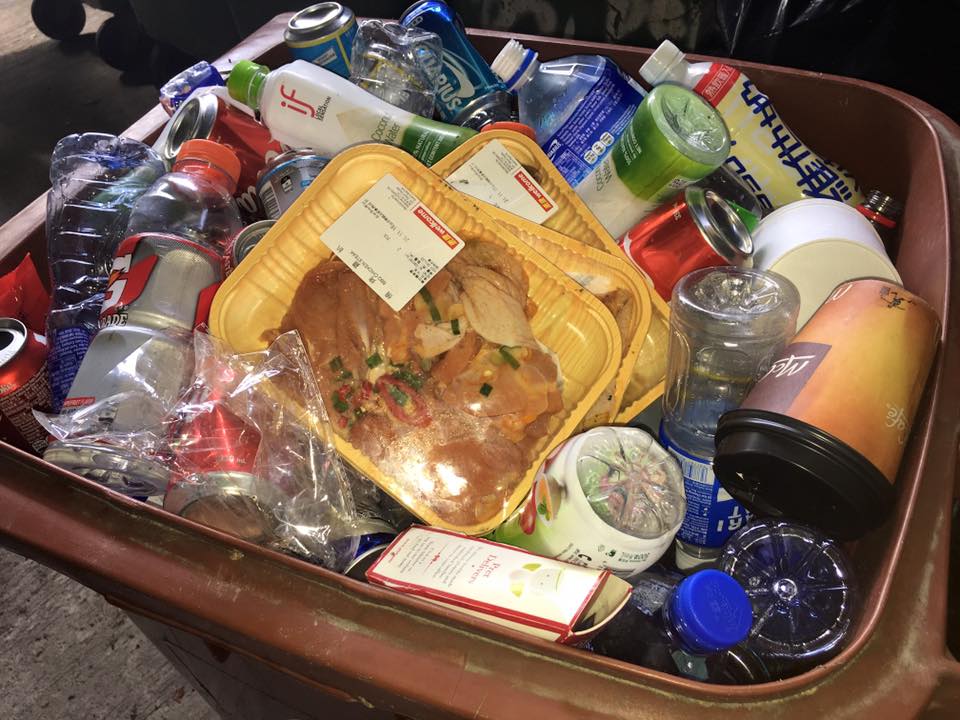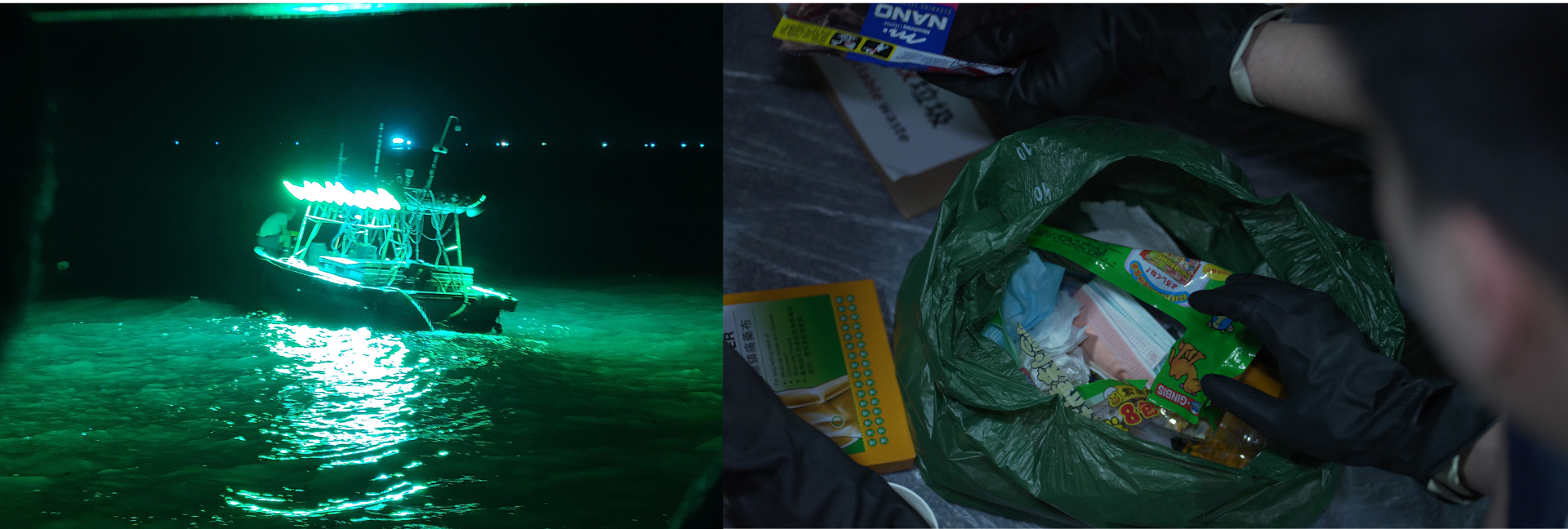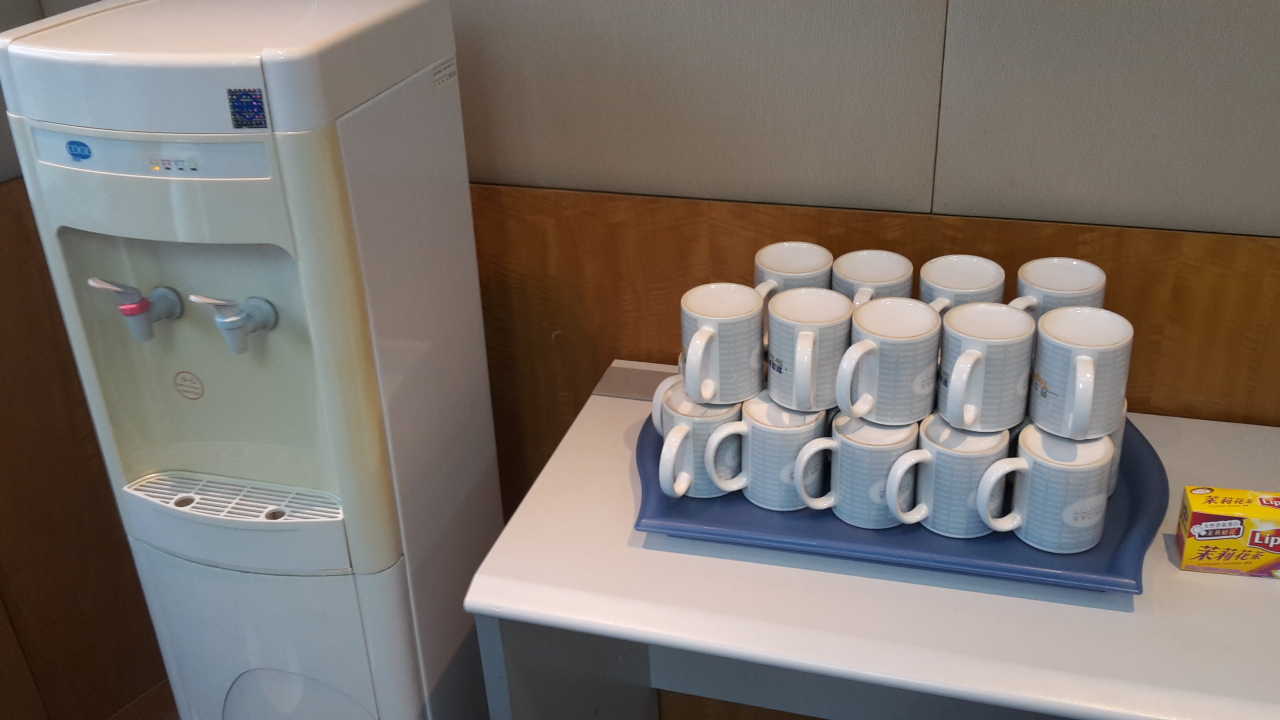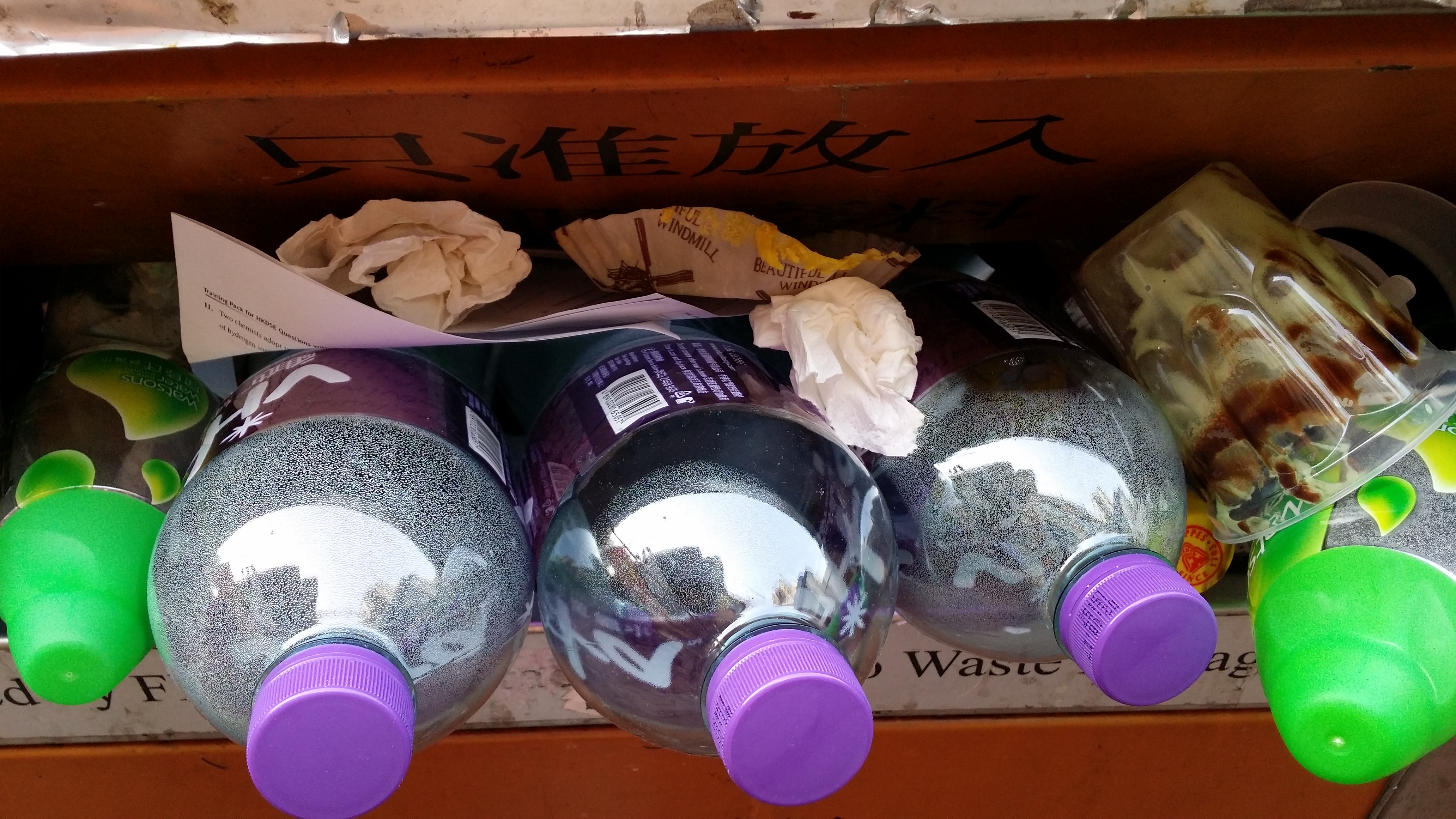10 Years On, What Has Hong Kong’s Grand Plan To Cut Waste Actually Achieved?
 30 Dec 2023
30 Dec 2023
- Category
- Keywords

(30 Dec 2023 SCMP)
Hong Kong’s recently released annual waste report has underlined the lack of progress since the environmental authorities launched a waste reduction blueprint more than a decade ago.
Last year, Hong Kong managed a recycling rate of just 32 per cent and disposed of 1.51kg of municipal solid waste per person every day – failing to achieve the targets of 55 per cent and 0.8kg respectively, laid out in the Blueprint for Sustainable Use of Resources 2013-2022. The gap is large and disappointing.
When this blueprint was released in May 2013, then-environment minister Wong Kam-sing said the government was “committed to taking all the necessary decisions and actions” to drive Hong Kong “towards a ‘use less, waste less’ lifestyle”.
Hong Kong committed to three key actions in the blueprint. First, developing policies and legislation on waste charging and producer responsibility schemes. Second, mobilising the community through campaigns that target the reduction of food waste, glass bottles and shopping bags, etc. Third, building infrastructure including organic waste treatment facilities, waste-to-energy facilities and landfill extensions.
Well, 10 years have gone by, and the city is still waiting for its waste charging scheme to take effect next April. Last month, the Environment and Ecology Bureau gave an initial briefing to the Legislative Council’s environmental affairs panel to propose a common legislative framework for producer responsibility schemes.
The city’s first waste-to-energy facility for municipal solid waste remains under construction. But, even when up and running, the facility will only reduce the volume of waste – it will not contribute towards resource conservation or recycling.
Meanwhile, the three-colour waste separation bins found in urban areas since 1998 – to help people sort their recyclables from their rubbish – are being removed. The authorities say the bins are ineffective in recovering clean recyclables. But their removal is further discouraging people from recycling.
In the past, we relied heavily on the mainland to process our plastic recyclables, which made us complacent about the need to strengthen the city’s capacity to handle plastic and other recyclables. Since Operation Green Fence was launched by the mainland authorities in 2013 to start curbing Chinese waste imports, Hong Kong has had to dispose of more of its own plastic waste, from 1,866 tonnes per day in 2013 ending up in landfills, to 2,369 tonnes last year – an increase of 27 per cent.
In contrast, food waste has steadily fallen since the Food Wise Hong Kong Campaign was launched in 2013, helped by mascots Big Waster and Greeny. This shows that sustained public education works. The 9.5 per cent drop in the daily disposal of food waste in landfills between 2013 and 2022 is mainly from households – commercial and industrial food waste has crept up from 27.5 per cent of the total in 2013 to last year’s 30 per cent.
Yet O Park, Hong Kong’s only organic waste treatment facility, can only process up to 200 tonnes of food waste a day – far below the 3,302 tonnes the city generated every day last year.
Legislation introduced to charge for waste disposal will raise Hongkongers’ consciousness about the quantity of rubbish we generate. But we need to be better informed of the details and procedures. Timely help provided by the authorities in non-compliance situations, for example, is of paramount importance as residents and cleaners have expressed frustration and helplessness.
Some property management companies plan to buy industrial-sized designated bags to store garbage wrapped in non-compliant bags to prevent hiccups in the daily garbage collection. This will defeat the polluters-pay policy objective and is unfair to those who pay for and use the designated bags but could face higher management fees.
A paradigm shift is badly needed for our society to move away from a single-use habit to a recycle and reuse approach, both for businesses and people.
Food waste is the largest type of municipal solid waste in Hong Kong, at 30 per cent of the total. Providing convenient ways for the catering sector, whether in malls or on the streets, to send their food waste for treatment will significantly reduce the waste being sent to landfills.
The city also needs to have more convenient collection facilities for recyclables so people are not forced to pay more to buy larger designated bags to store waste that can be recycled. Continuing to educate the public on waste reduction will yield dividends. Our leaders must walk the talk and be role models for the city.
Edwin Lau Che-feng, founder and executive director, The Green Earth
Source: 10 years on, what has Hong Kong’s grand plan to cut waste actually achieved?

 EN
EN Green Education Programme
Green Education Programme

 Back
Back
 11 Mar 2023
11 Mar 2023


